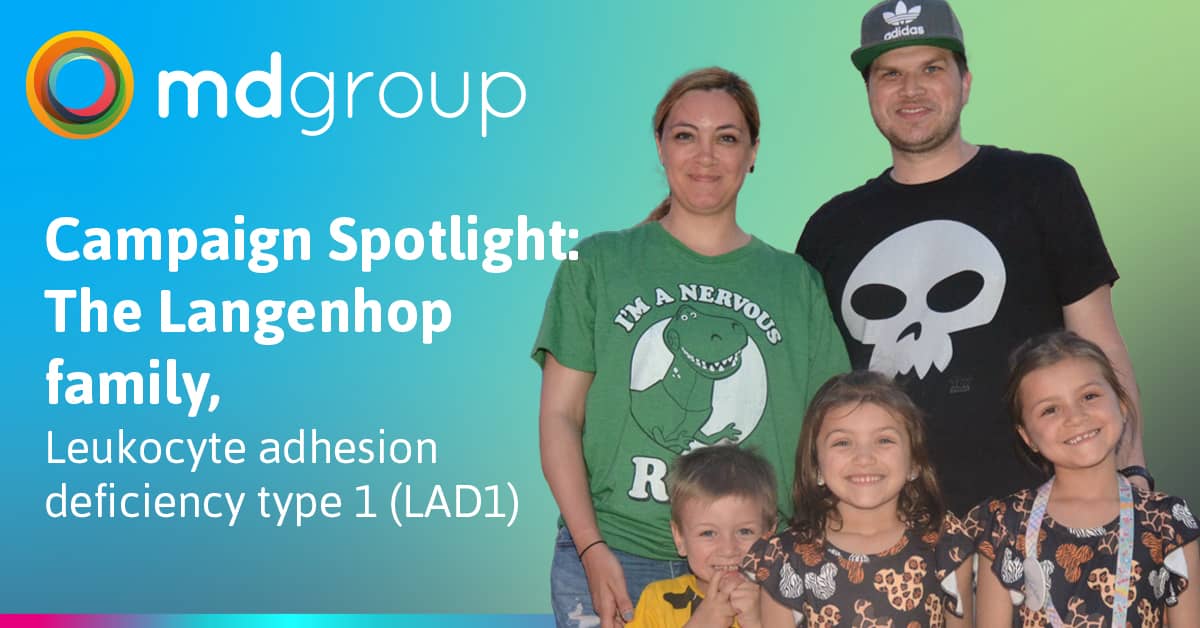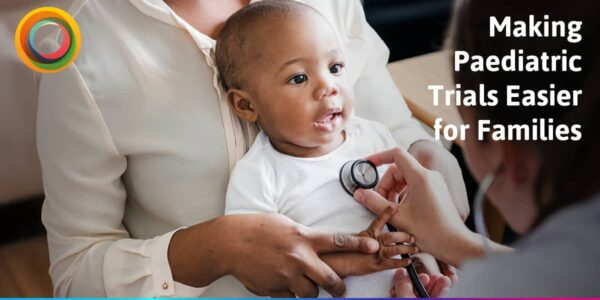
Learning from the experts, our patients: What does patient advocacy really look like?
We believe that clinical trials can only be truly successful if we treat patients as partners in their care, instead of subjects of study.
By listening to the patient’s voice, we’ve created and developed products and services that push the boundaries of what’s possible for patient care in clinical research.
Part of our pledge to put patients at the heart of everything we do is our new blog series, Campaign Spotlight. This series gives some of our patient friends a platform from which to talk about their unique and often overlooked experiences living with their rare disease and advocating on behalf of others.
We spoke to Alicia and Jon Langenhop, parents to Ava, Olivia, and Landon, who all completed a gene therapy clinical trial at the celebrated California Institute for Regenerative Medicine for Leukocyte Adhesion Deficiency-1 (LAD-1), on what being an advocate means to them.
Advocacy starts with empathy
Leukocyte adhesion deficiency type 1 (LAD-1) is a rare pediatric disorder that causes the immune system to malfunction, resulting in recurrent, often severe, bacterial and fungal infections and delayed wound healing. LAD-1 is fatal, and most children with the disorder die before the age of 2.
Alicia and Jon’s first daughter, Ava, had been in and out of hospital with severe infections for three years before she was finally diagnosed with LAD-1. Her little sister, Olivia, who had a similar medical history of repeated severe illness was diagnosed quickly afterward.
The couple, who were pregnant with baby Landon at the time of the diagnosis, were told by their doctors in Ohio that bone marrow transplants, which have only a 75% success rate, would be the only option for the girls. Soon after being born, Landon tested positive for LAD-1 too.
“LAD-1 is a pretty rare genetic condition from the get-go; fewer than one in a million children are diagnosed each year, so to have three siblings to be diagnosed is extraordinary”, says Jon Langenhop.
“Being told that your child has a rare condition is a stressful experience, but to find out that all three of your children have the same condition, that it is usually fatal and life expectancy doesn’t usually exceed 24 months – when you already have a three and a two-year-old and a newborn, is devastating.”
Alicia Langenhop continues, “I was on maternity leave with Landon but gave up work immediately to be a full-time carer. The effect on our family was enormous.
“It wasn’t just an emotional burden; because I had to stop work to look after the kids, there was a financial impact from the diagnosis, and because we were looking at an immune system condition where any form of infection is a direct threat to our children’s lives – the way we lived changed too – so we had to cope with a hugely practical impact on us as a family too.”
“Life has to go on,” says Jon. “Life doesn’t just stop. We must pay the bills; the groceries must be bought; we must keep getting up in the morning and living our lives.”
To advocate for patients with a rare disease is to empathise first, not just because of the diagnosis but also because of the impact of that diagnosis and what it means for a family.
Advocacy is to educate
Educate awareness at a day-to-day clinical level
Jon says, “Our route to enrolling in a clinical trial was unusual. We were told by our family clinicians that bone marrow transplants were the only option to secure our children’s health and future, so we went on a huge crusade to find matches for all three of our kids.
“We were actually found by the LAD-1 gene therapy trial team from UCLA after one of our family organised a TV interview for us to talk about our need for bone marrow donors. The interview was seen by one of the trial team in California, who got in touch with our doctor.”
None of the clinical team working with the Langenhops were aware of the trial at the CIRM and had instead been pursuing a bone marrow therapy route that was not only more invasive and painful, but also only had a 75% chance of success.
Awareness of the disease in the first place was also an issue. Jon continues: “Looking back, there are a number of clues to our diagnosis that seem obvious in retrospect, high white cell count, umbilical cord detachment issues, repeated hospitalisations for everyday illnesses – but the team was so focused on treating the symptoms, there seemed to be no time to identify the cause.”
LAD-1 is incredibly rare, but there are more than 7,000 rare diseases that affect more than 300 million people worldwide. That’s nearly 4% of the global population coping with a rare disease.
Awareness of rare diseases need to be more prevalent in our local doctors’ surgeries and hospitals. They can’t be the preserve of universities and teaching hospitals. Rare disease happens to normal people from all walks of life every day.
Educate importance at a country-wide, even global, level
State funding has put California at the forefront of global stem cell research, but this level of investment in gene and stem cell therapies is rare.
Jon continues: “We were lucky to be spotted on TV by our trial team and enrolled in our treatment, but how many potential cases of LAD-1 go firstly undiagnosed and, even if a diagnosis is achieved, unsupported across the globe?”
Worldwide health equity is only possible if rare diseases are given the importance they deserve at a global level.
The World Health Organisation sees health as a basic human right, yet health equity is harder to achieve for people with rare diseases.
Advocacy doesn’t stop
Ava, Olivia, and Landon have all finished their clinical trials and are back home enjoying full lives after what has been successful treatment.
The fight for empathy, awareness, and education, however, goes on.
Jon says: “We will continue to tell our story to as many people as possible, over and over again, if it helps convince just one more sponsor to run a trial for a rare disease, helps just one more family search for medical options to care for their child, or encourages just one more local clinician to be curious about why their patient keeps suffering.”
The Langenhop family has a wonderful, big bright, loud, playful, and brilliant future – something that every family should be able to enjoy.
Thank you to the Langenhop family for taking the time to talk to us about what being a successful advocate for rare disease awareness means to them, showing us the most incredible Mickey Mouse earrings, and an unexpected review of Disneyland!
For more information about LAD-1, visit The Immune Deficiency Foundation
Let’s keep the conversation about advocacy going. What do you think it means to be a successful advocate? Share your thoughts, pictures, or ideas on LinkedIn or Twitter







